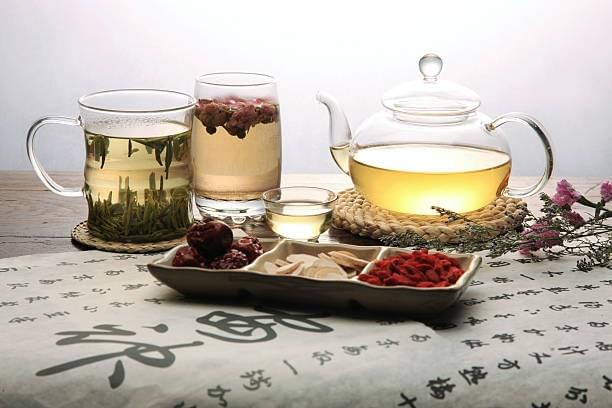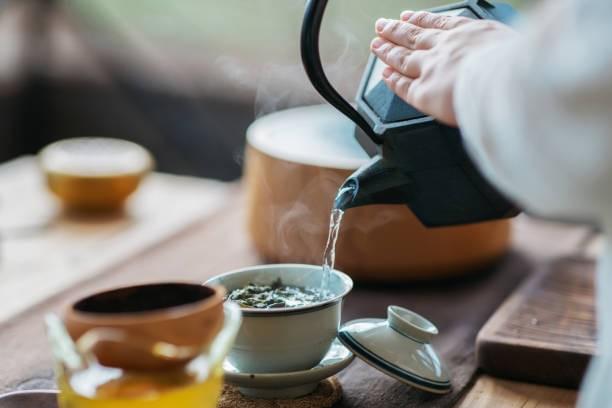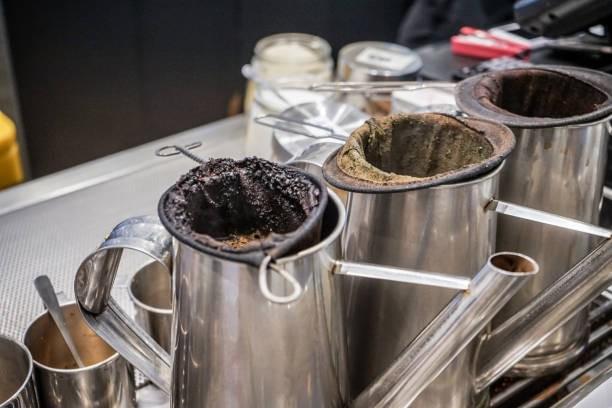A 5,000-Year Legacy Meets Modern Market Opportunity
Tea in China is more than a beverage—it's a cultural institution that has evolved from ancient traditions to a sophisticated, $95 billion global market opportunity. With roots tracing back to 2732 BC, the Chinese tea industry represents the most complex and lucrative beverage market in the world.

Chinese Tea Market: 2025 Snapshot
- Total Market Value: $95 billion
- Annual Growth Rate: 12.5%
- Per Capita Tea Consumption: 1.2 kg
- Online Tea Sales: 38% of total market
- Premium Tea Segment Growth: 22% annually
Understanding the Modern Chinese Tea Landscape
Market Segmentation in 2025
Traditional Tea Categories
- Green Tea: 35% market share
- Oolong Tea: 22% market share
- Black Tea: 18% market share
- White Tea: 12% market share
- Pu-erh Tea: 8% market share
- Herbal Teas: 5% market share
Emerging Consumer Trends
- Health-conscious selections
- Premiumization
- Convenience-driven formats
- Sustainability focus
- Technological integration

Strategic Market Entry Approaches
1. Product Innovation Strategies
Key Development Areas:
- Functional health teas
- Organic certified products
- Sustainable packaging
- Personalized tea experiences
- Technology-enhanced brewing solutions
Innovation Frameworks:
- AI-powered tea recommendation systems
- Blockchain-verified origin tracking
- Customizable tea blending platforms
- Wellness-oriented tea formulations

2. Distribution Channels
Primary Platforms:
- E-commerce Marketplaces:
- Tmall Global
- JD.com
- Pinduoduo
- WeChat Mini Programs
- Offline Retail:
- High-end supermarkets
- Specialty tea shops
- Department stores
- Duty-free channels

3. Pricing Strategies
Pricing Tiers:
- Budget Segment: ¥30-80 per 100g
- Mid-Range Segment: ¥80-250 per 100g
- Premium Segment: ¥250-1000 per 100g
- Luxury Segment: ¥1000+ per 100g
Competitive Positioning:
- Quality storytelling
- Transparent sourcing
- Cultural authenticity
- Scientific wellness claims
Marketing and Branding Approaches
Cultural Integration Strategies
Storytelling Elements
- Geographic origin narratives
- Traditional preparation methods
- Historical significance
- Modern wellness connections
Digital Marketing Channels
- Xiaohongshu (Little Red Book)
- Douyin (TikTok)
- WeChat Official Accounts
- Bilibili

Consumer Education Initiatives
- Tea ceremony workshops
- Online brewing masterclasses
- Health benefit seminars
- Cultural heritage presentations
- Interactive digital experiences
Regulatory Compliance and Market Entry
Key Regulatory Considerations
- Import certification requirements
- Food safety standards
- Packaging regulations
- Labeling specifications
- Custom clearance protocols
Documentation Requirements
- Comprehensive product testing
- Origin certification
- Organic verification
- Health claim substantiation
- Manufacturing process documentation

Competitive Landscape Analysis
Top International Tea Brands in China
- Lipton
- Twinings
- Dilmah
- Harney & Sons
- Numi Organic Tea
Emerging Market Opportunities
Future Growth Segments
- Functional wellness teas
- Cold brew tea innovations
- Sustainable tea experiences
- Personalized tea subscriptions
- Technology-enhanced brewing

Investment and Financial Considerations
Market Entry Costs
- Initial Investment: $250,000 - $1,500,000
- Marketing Budget: $100,000 - $500,000
- First-Year Operational Expenses: $500,000 - $2,000,000
Potential Revenue Projections
- Year 1: $500,000 - $1,500,000
- Year 3: $2,000,000 - $5,000,000
- Year 5: $5,000,000 - $15,000,000
Conclusion: Your Pathway to Tea Market Success
The Chinese tea market is not just a business opportunity—it's a complex cultural journey that requires deep understanding, strategic innovation, and genuine respect for tradition.
Disclaimer: Market insights are based on comprehensive research and subject to economic and regulatory changes.
About the Research Team
ChinafulLink Team - Specialists in China's digital marketing strategies